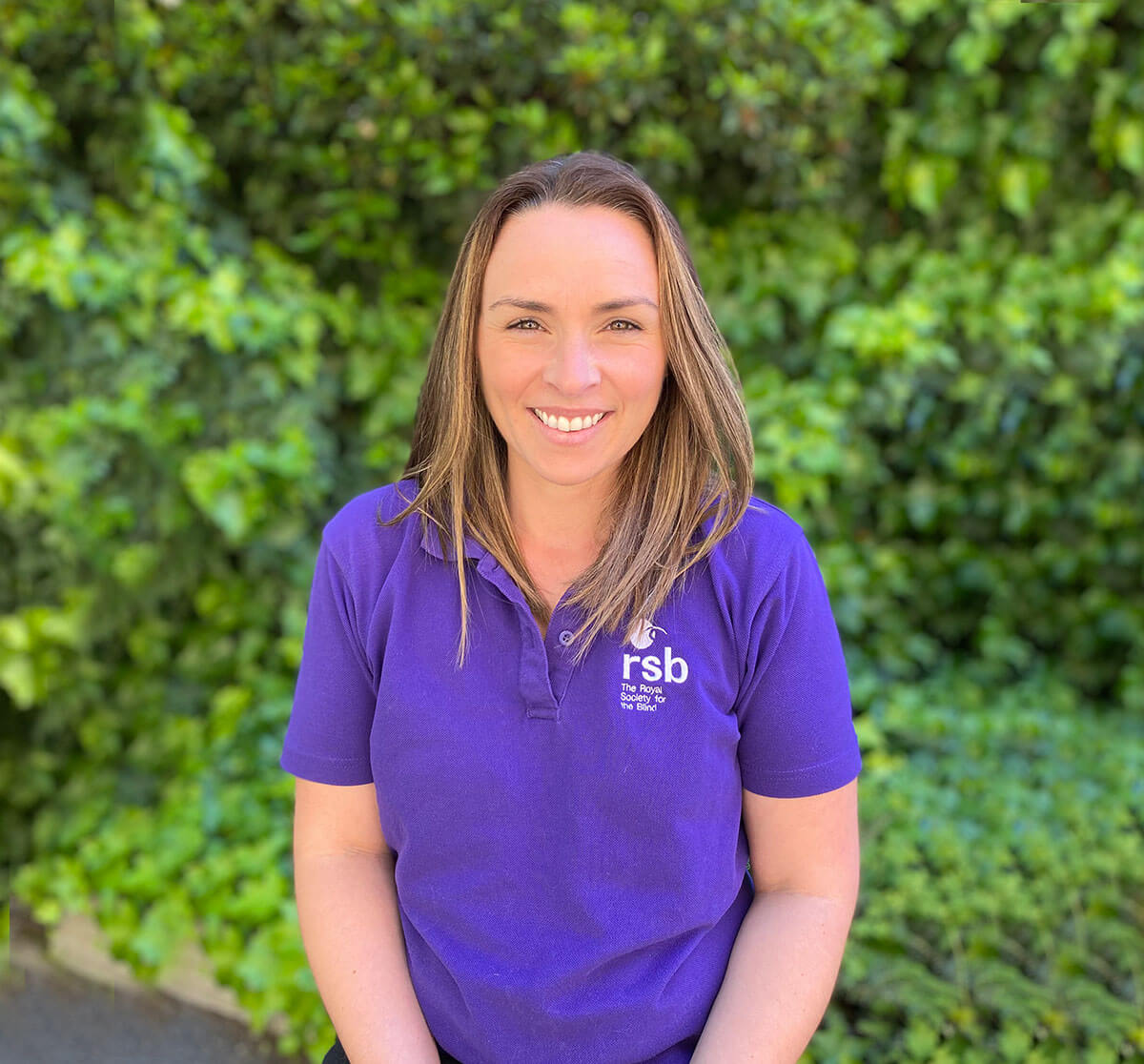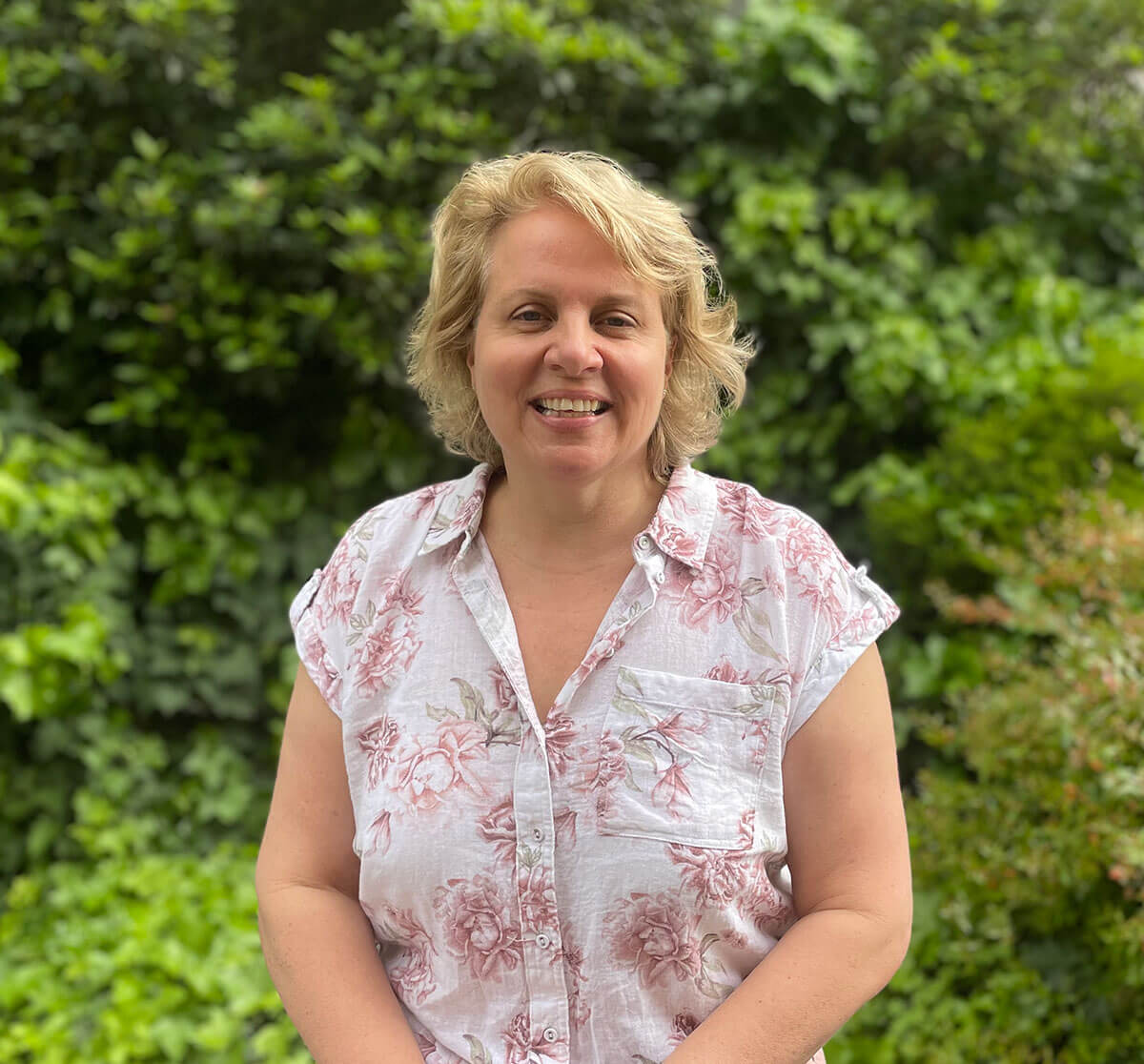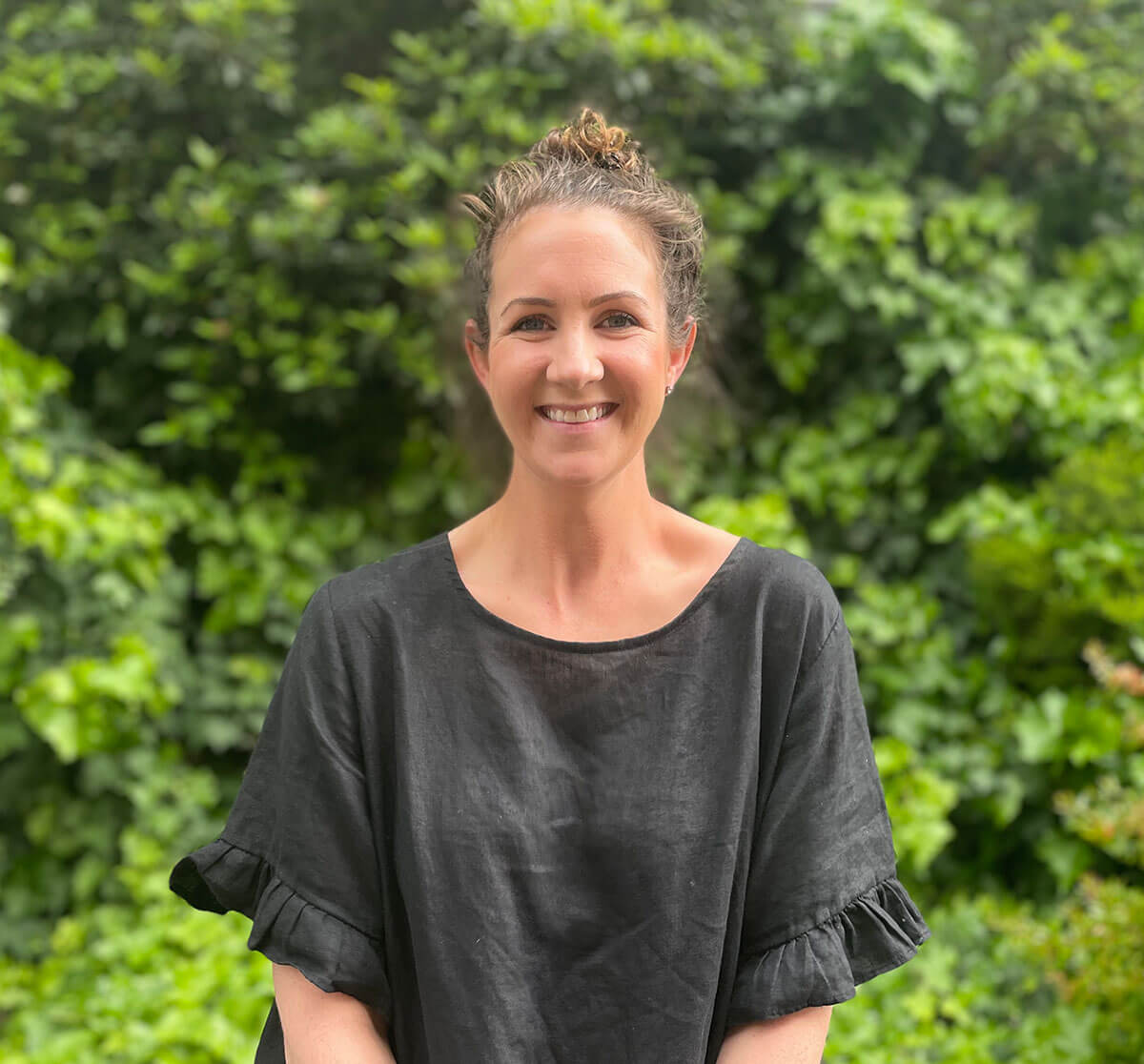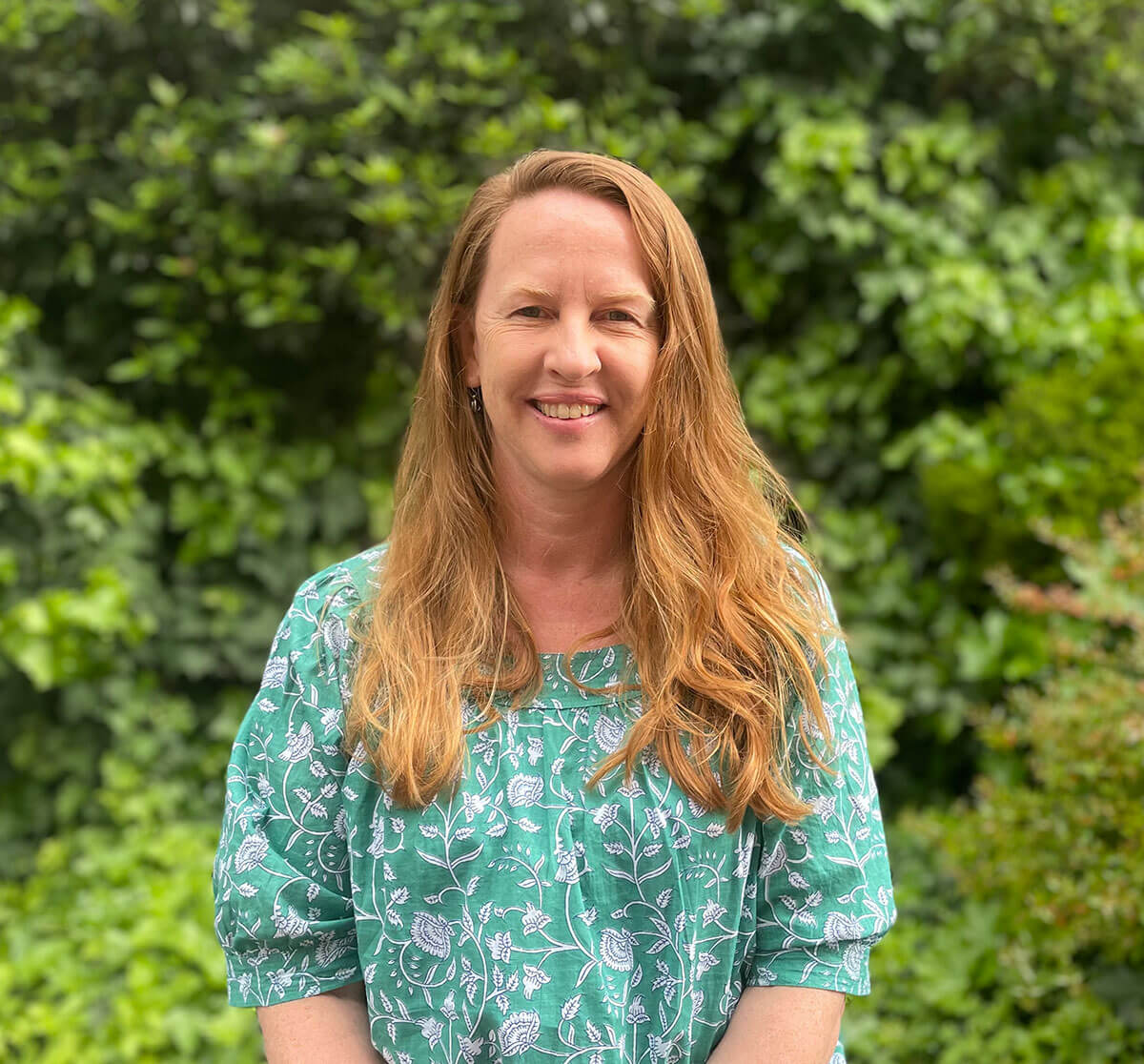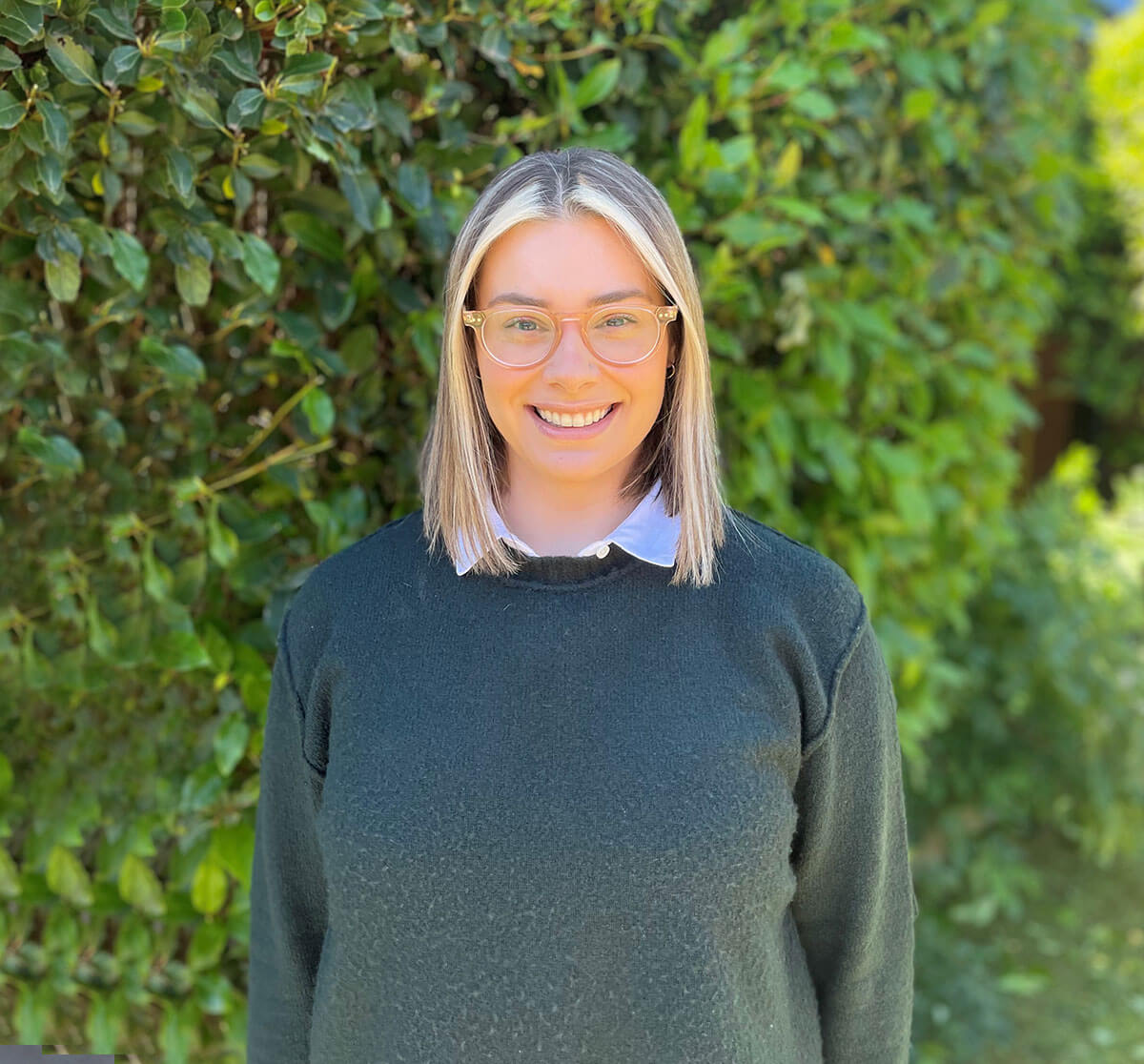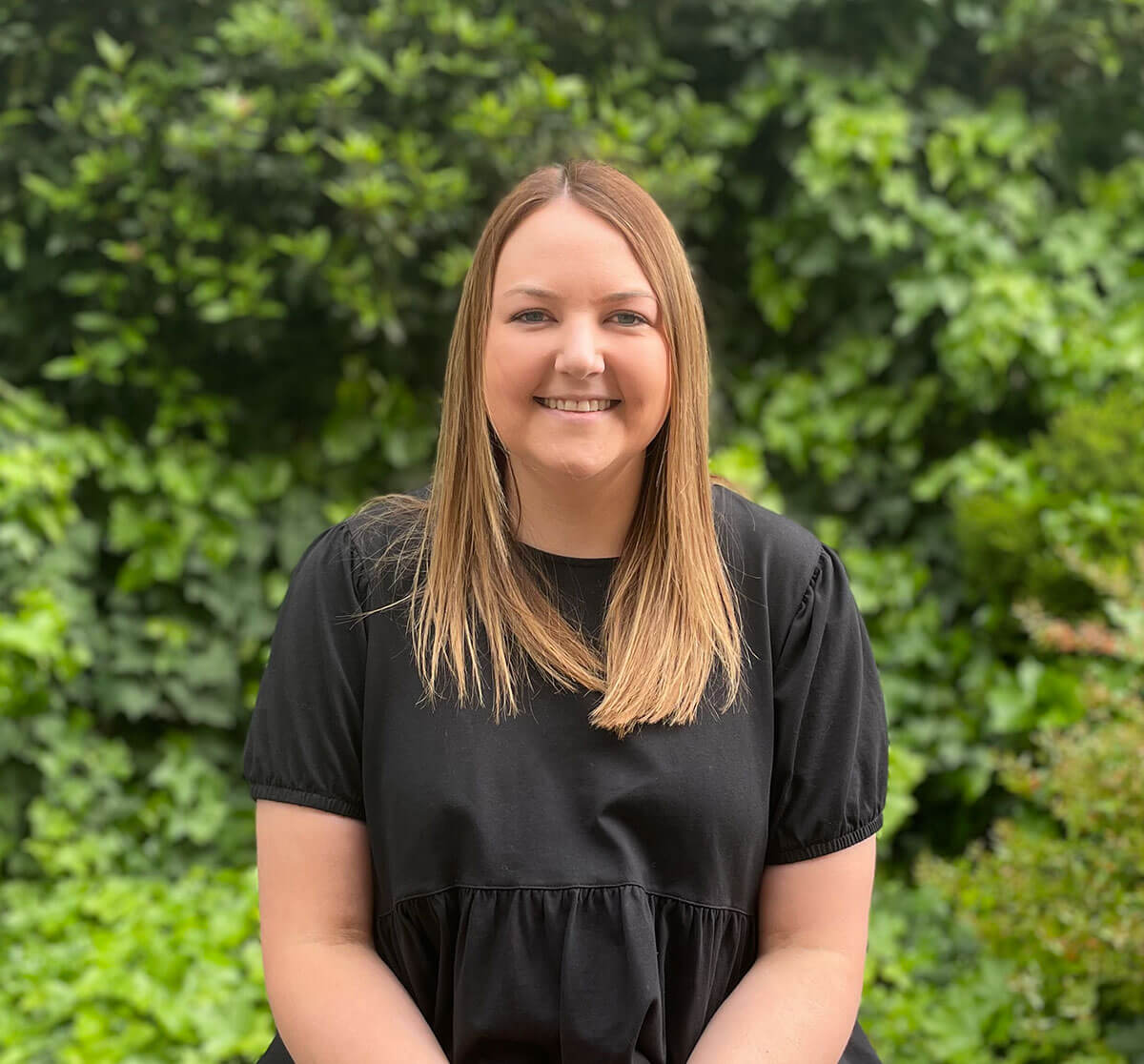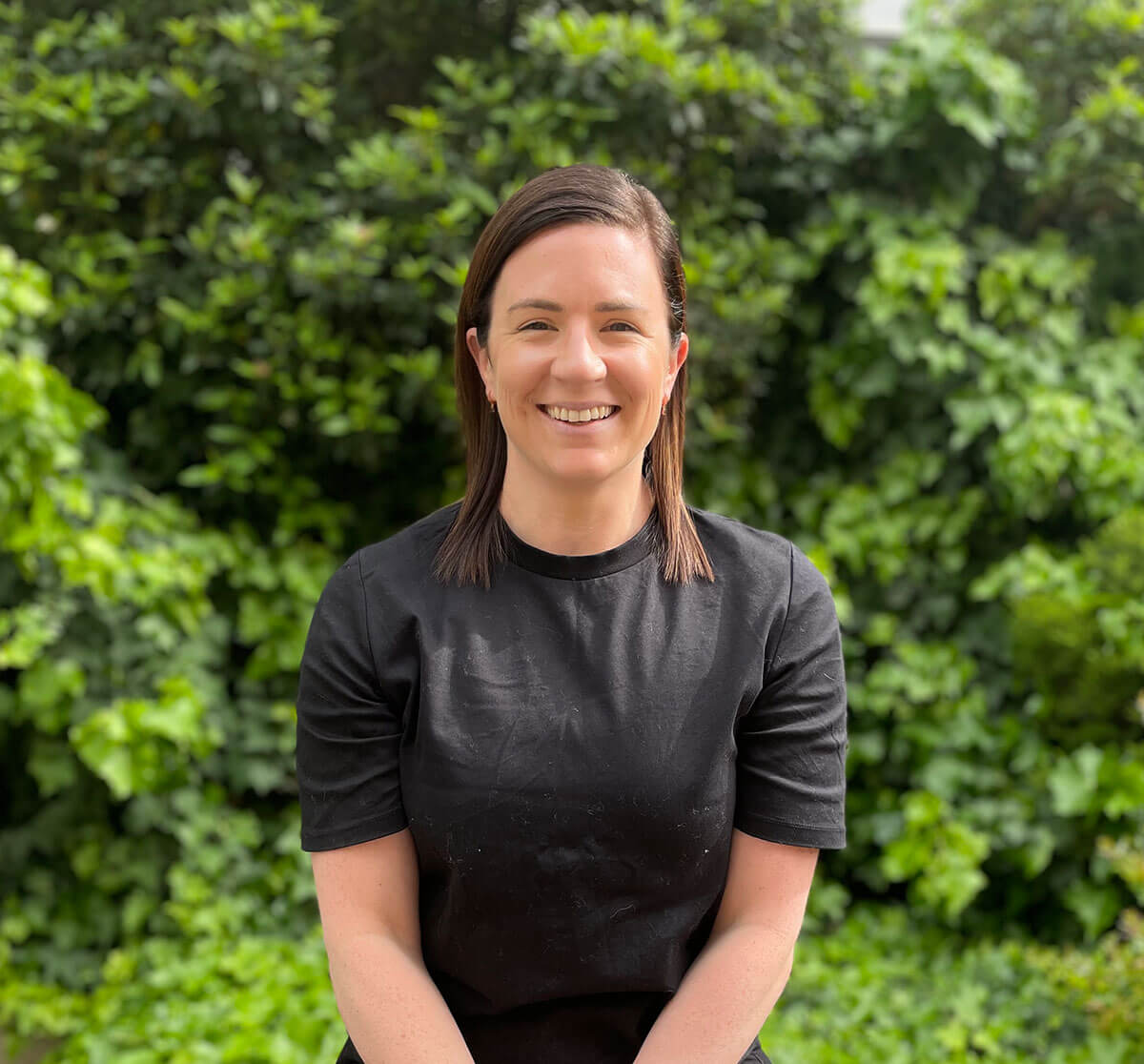Early Beginnings
See Differently with the Royal Society for the Blind is one of South Australia’s oldest charities. In fact we’re 140 years old, making us the most knowledgeable and experienced provider of low vision services in South Australia.
140 years ago, people who were blind or vision impaired were forced to beg on the streets of Adelaide. That was until founder of the Royal Society for the Blind (RSB), Andrew Whyte Hendry, had a vision of starting an industrial training school in South Australia.
Hendry, who himself was blinded from the age of six, wanted a place where people who were blind or vision impaired could learn an occupation, allowing them to be active and valued members of their communities.
In 1884, this vision came to fruition with assistance from Sir Charles Goode, a wealthy merchant and politician. A suitable location North Adelaide was found and then the Institution for the Blind was born.
The institution’s goal then, as it is now, was to assist Australians who are blind or vision impaired to achieve the quality of life to which they aspire.
| 1884 | Founders Andrew Whyte Hendry and Sir Charles Goode started an industrial school at Ebenezer Chapel, Brougham Place, North Adelaide, to enable people who were blind or vision impaired to live independently within the community and to improve the quality of their life. |
| 1885 | The Institute for the Blind employed 68 people who are blind or vision impaired. |
| 1903 | “The Institute” is re-named “the Royal Institute for the Blind”. |
| 1915 | Andrew Whyte Hendry organised the building of larger premises due to a growing demand for the goods produced by workers who are blind or vision impaired in employment school, such as brooms and brushes. The new premises included recreation rooms and a Braille library and is built opposite the Women’s and Children’s Hospital on King William Street, Adelaide. |
| 1934 | Incorporated under an Act of the South Australian Parliament. |
| 1938 | Melrose House was established to provide accommodation for elderly people who are blind or vision impaired. |
| 1972 | The Royal Institute moved to Gilles Plains and changed its name by Act of Parliament to “The Royal Society for the Blind”. At this time The Society was experiencing increased manufacturing activity and employed 120 workers. Services were expanded to include assistance with daily living, recreation and study needs. |
| 1991 | The first regional office established in Mount Gambier. |
| 1992 | Knapman House in Adelaide is opened to provide the best low vision care and assessment in South Australia. |
| 1993 | The RSB Port Augusta office was opened to service the mid north region. |
| 1994 | The RSB Noarlunga Office was opened to service the southern region. |
| 1995 | A dedicated Multicultural Case Worker was appointed. |
| 1996 | Client Surveys were introduced to measure the quality and effectiveness of RSB services. |
| 1997 | The Adaptive Technology Centre was opened at Knapman House, offering the widest range of adaptive technology in the southern hemisphere. |
| 1998 | Orientation & Mobility Services were introduced to assist client’s independence and our first website was launched. |
| 2000 | ISO 9000 Quality Accreditation achieved and the Braille and Equipment Subsidy Scheme was introduced. |
| 2001 | Orientation and Mobility Assistant (OMA) Course developed. |
| 2002 | The RSB Elizabeth office was opened. |
| 2003 | Books in The Sky (BiTS) Pilot was developed and the creation of Audio Transcribed Theatre to provide clients who are blind or vision impaired clients with a better experience of stage performances. |
| 2004 | The RSB Victor Harbor office was opened. |
| 2005 | The National Books in the Sky (BiTS) program was launched – an innovative and portable reading system. The RSB also achieved Quality Accreditation under DESQA and SEF and we launched Tech Fest, a public event that had on display and for demonstration the latest adaptive technology equipment available to people who are blind or vision impaired. |
| 2006 | The RSB Guide Dog Service was established, enabling the RSB to provide a full range of mobility services to RSB clients to increase their independence, this included building a RSB Guide Dog Kennel facility at Gilles Plains. |
| 2007 | Commencement of a Neurological Research Project with Flinders University and Neuro Vision Technology. |
| 2008 | RSB Elizabeth Office move to a new location in Smithfield. The first RSB Guide Dog Service K94U2C Camp was held, offering South Australian teens the opportunity to work with an RSB Guide Dog for a weekend to test-drive this mobility aid. |
| 2009 | RSB celebrates 125 years of service to South Australians who are blind or vision impaired, our RSB Guide Dog Service attained of full membership to the International Guide Dog Federation (IDGF) and we commenced offering a Paediatric Low Vision Clinic – assisting children 0-6 years with vision loss. |
| 2010 | The RSB partnered with the Freemasons Foundation, the Royal Australian and New Zealand College of Ophthalmology SA (RANZCO) and the Sight for All Foundation (SFAF) to launch the My Eye Health Program (MEHP). The MEHP educates and creates awareness about the issues of eye health, intervention and rehabilitation. |
| 2011 | RSB client numbers grow to reach 12,000 South Australians who are blind or vision impaired. |
| 2012 | The Port Augusta office was relocated to new, larger premises to enable the inclusion of more adaptive technology and low vision products and we expanded our RSB Volunteer Services with Volunteer Officers working at the Smithfield and Noarlunga offices in addition to city based staff, providing more effective local support. |
| 2013 | The RSB Print Alternative and Digital Library Services produced more than 1 million pages of material in alternative formats. All 21 Talking Newspapers transitioned to digital format and our first iPad Bootcamp was held for teens who are blind or vision impaired. The RSB continued to lobby for change to the National Disability Insurance Scheme (NDIS) and Aged Care Reforms to ensure South Australians who are blind or vision impaired are not left in the dark and we became a registered NDIS Provider in South Australia. NDIS Provider Registration Number: SA 35234897. The RSB launched its first interstate office in the Hunter Region, NSW. The RSB became a registered NDIS Provider in New South Wales. NDIS Provider Registration Number: NSW 26405704. |
| 2014 | The RSB celebrates 130 years of service for South Australians who are blind or vision impaired. |
| 2015 | The RSB Guide and Assistance Dogs services are expanded to include OPK9 for veterans with post traumatic stress disorder. Thanks to a generous Bequest work commences on a new purpose built facility at Noarlunga set to replace our Christies Beach Office. |
| 2016 | RSB Guide and Assistance Dogs celebrates 10 years in operations. At the time the service has 66 RSB guide Dogs teams and 11 Operation K9 teams taking our total working teams of clients and dogs to 77. On 1 July 2016 the RSB opens its new Southern area office at Noarlunga Downs, the office if formally opened by The Honourable Leesa Vlahos, Minister for Disabilities. |
| 2017 | For the first time RSB Employment Services achieves a 5 star rating by the Government in recognising the services success in placing people who are Blind or Vision Impaired into mainstream employment. |
| 2018 | RSB receives a Good Design Australia award (Gold) in the design strategy category for the RSB Innovation Hub project. |
| 2022 | Rebrand: RSB changed to See Differently with the Royal Society for the Blind |


